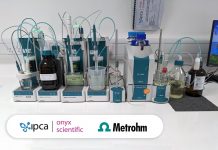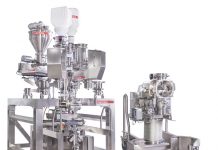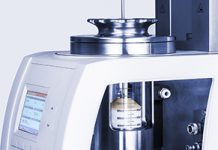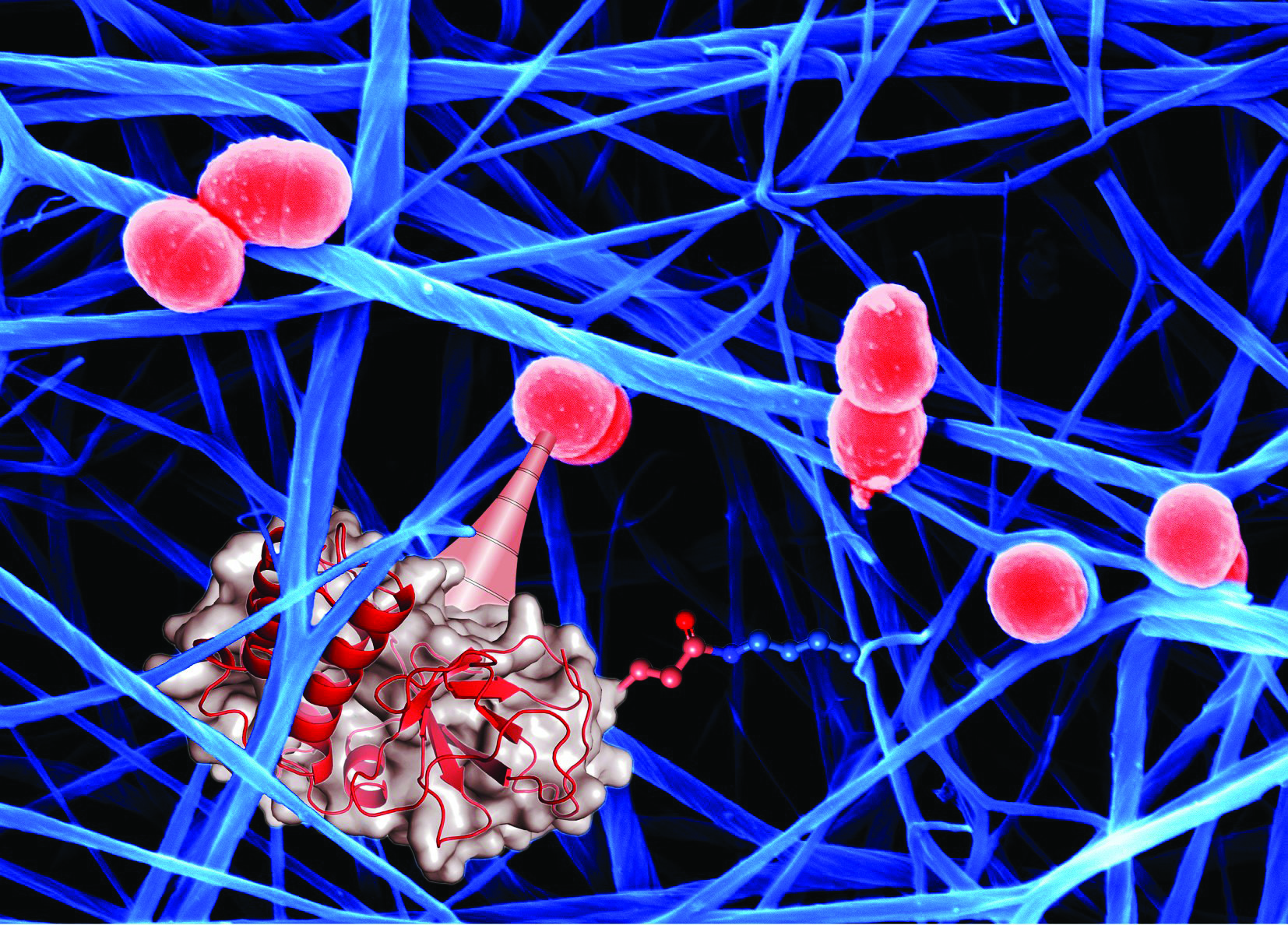The global threat of widespread bacterial resistance to antibiotics is one of the greatest challenges facing science and medicine.
Now, the discovery of bacterial “chemical harpoons” could pave the way for a new approach to treating bacterial infections by “disarming” the bacteria instead of trying to kill them with antibiotics.
The research team says that the chemical harpoons can be compared to a superglue, whereas all previously known bacterial binding mechanisms can be likened to weak adhesives that require large contact areas for strong binding.
Research led by the University of St Andrews and the John Innes Centre reveals how Streptococcus pyogenes, the cause of a range of infections, including the life-threatening “flesh-eating disease”, use chemical harpoons to attach themselves to the body.
The tactic is shared by many other bacteria that infect humans, such as Streptococcus pneumoniae, the most common cause of pneumonia in adults, and Clostridium difficile, notorious for causing severe gut infections in hospitalised patients.
Dr Uli Schwarz-Linek, structural biologist of the Biomedical Sciences Research Complex at St Andrews, said: “Among the weaponry of bacteria are protein molecules within hair-like structures displayed on their surfaces.
“These serve the important purpose of allowing bacteria to cling to host tissues, such as the cells lining the lung or the gut. We have discovered how bacteria use surface proteins to achieve this important step in infections using a surprising and particularly efficient method.
“I believe these findings may significantly change our view of how bacteria colonise their hosts. Our discoveries open an avenue for the development of molecules that can deactivate the chemical harpoons and therefore prevent bacteria from gaining a foothold in the body. This is of great interest since it concerns a topic of the highest possible relevance for our society – the fight against bacterial infections.”
Dr Mark Banfield, from the John Innes Centre, who co-led the study, said: “It has been very exciting to build on our initial discovery of the unusual bond these bacteria make with their host and to now appreciate how that bond works – all enabled through international collaborative research.
“Further, using the powerful X-rays available at Diamond Light Source, the UK’s synchrotron facility, we were able to visualise this bacteria/host interaction at the atomic level.”
Dr Des Walsh, Head of Infections and Immunity at the Medical Research Council, said: “Before we can develop new ways of fighting antimicrobial resistance, we need to fully understand how bacteria survive. It is exciting that MRC-funded researchers have discovered a unique insight into how bacteria invade and seize healthy tissue.”
The study was funded by the Medical Research Council and also involved Professor Manfred Rohde (Helmholtz Center for Infection Research, Braunschweig, Germany).








